No headline provided

December 9, 2011
Tulane President Scott Cowen, the Board of Trustees and theAthletic Department officially unveiled plans for an on-campusstadium Thursday, ending more than a year of rumors andspeculation. The 30,000-seat, $60 million project is scheduled tobe completed by fall 2014. The proposed stadium will be located onBen Wiener Drive between the Reily Center and the WilsonCenter.
“We believe it is the right thing to do for Tulane University,Tulane football and New Orleans,” Cowen said. “For Tulane, it makeseconomic sense because it will enhance our football program. Wealso see it as a great resource for our community. What we alsoknow is it will nurture a spirit of spirit and d?©cor on this campusthat we have probably not seen for decades.”
The school currently has $40 million to build the new stadiumand is seeking to raise $30 million more. Dubbed the Home FieldAdvantage campaign, Tulane’s efforts for the stadium include a $10million investment for the football program. The privately donatedfunds for the stadium and the separate $10 million allotment willnot affect tuition or academic programs.
The Green Wave football team played at Tulane Stadium, which waslocated on Willow Street, until 1974 before moving its home gamesto the Superdome. The structure hosted the Sugar Bowl annually fordecades until it was demolished in 1980.
Both Cowen and Athletic Director Rick Dickson talked about thestories that older alumni told them about the rich tradition andcamaraderie that Tulane Stadium brought as home of the GreenWave.
“I have every moment, every day, looked forward to this momentwhere I can now tell you about your Tulane Stadium,” Dicksonsaid.
New football head coach Curtis Johnson, whose hiring wasannounced Monday, had an irrepressible grin for most of the pressconference, unable to contain his excitement.
“An on-campus [stadium] for Tulane University would provide atrue home field advantage not only for future teams, but for thefans and the entire Tulane and New Orleans community,” Johnsonsaid. “It is important for our program to have a central locationon campus where we can bring the excitement of Green Wave footballand celebrate together. Once completed, I believe the stadium willbe the crown jewel of the Tulane campus, as well as a definingpoint of our great city and a magnificent place for recruits tovisit.”
Tulane also hopes that the new stadium will serve as a communalresource for Orleans Parish high schools, New Orleans RecreationDepartment activities and Louisiana High School AthleticsAssociation events.
The project remains $30 million short of its $70 million goal,but most consider it a sign of progress that Tulane announcedofficial plans. For many Tulane fans and supporters, the officialannouncement the on-campus stadium signals a renewed commitment bythe university. After the infamous 2003 debate about droppingathletics from to Division III, Cowen and Dickson hope to restoreconfidence in the Tulane athletic program that had been, until thisyear, overshadowed by the effects of Hurricane Katrina.
“I am counting on all of you to join our Board’s lead tosuccessfully complete this campaign,” Cowen said. “Make no mistakeabout it. We are committed to constructing this stadium and raisingthe rest of the money to get it done.”

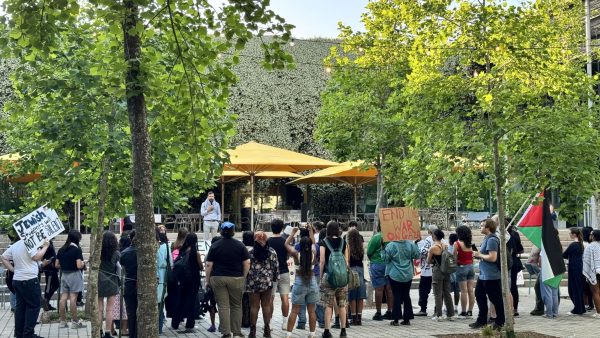
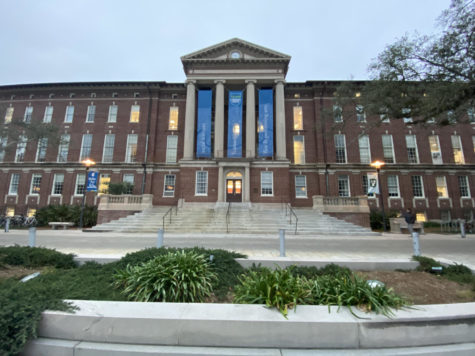
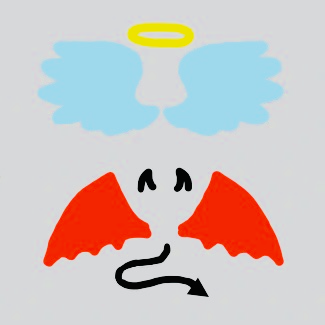

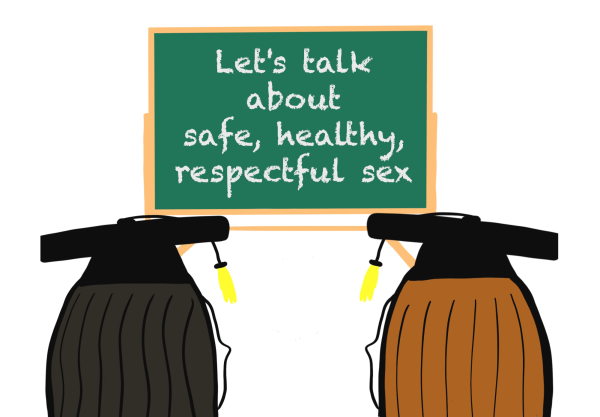




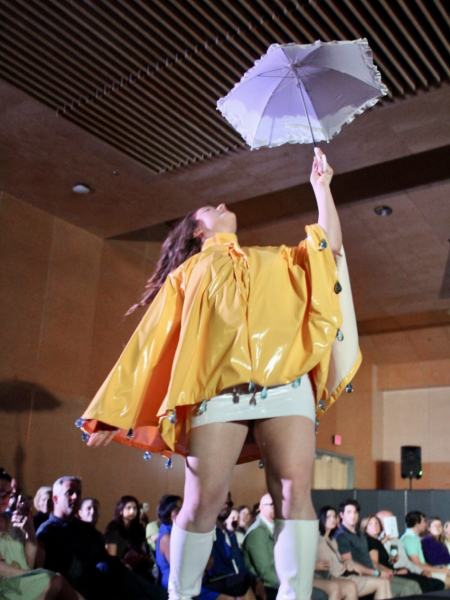
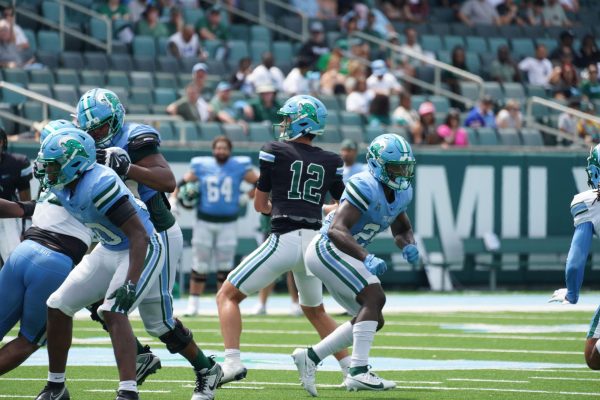


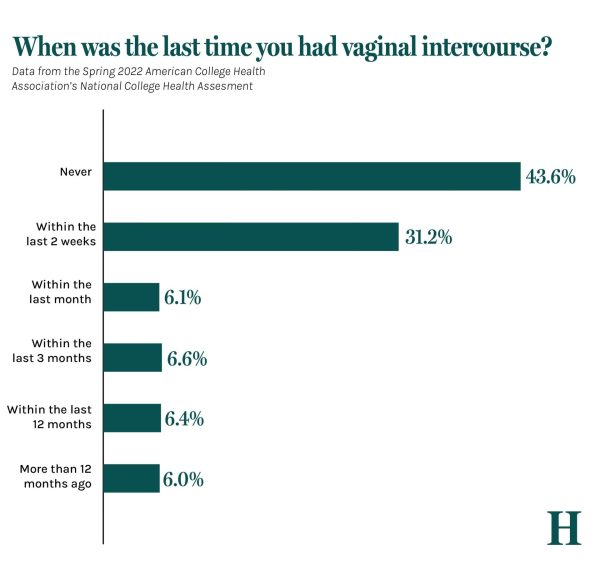





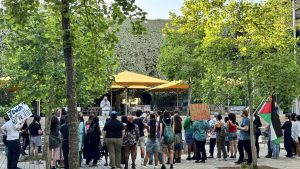
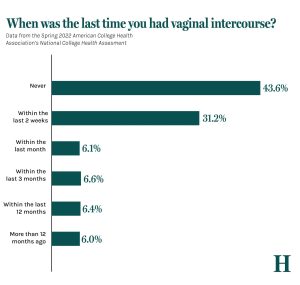

Leave a Comment